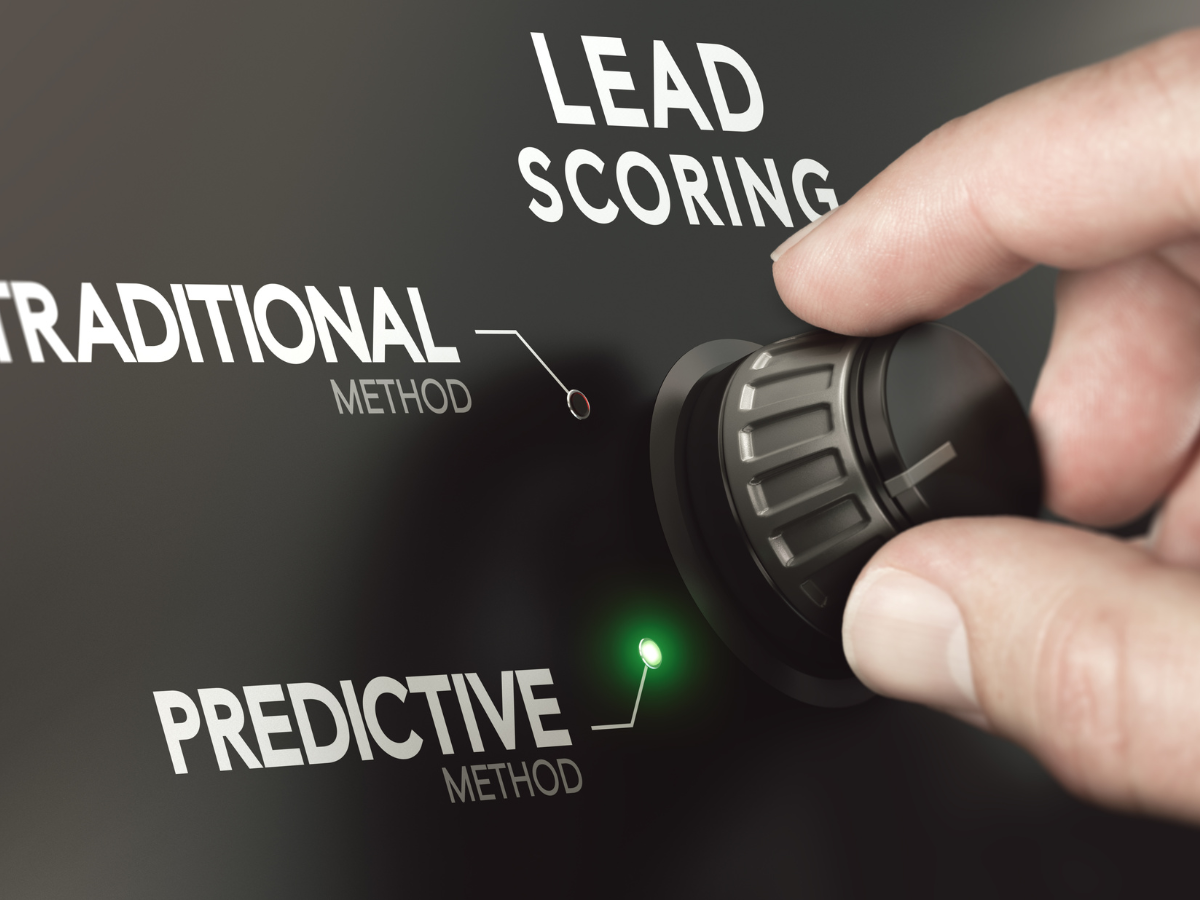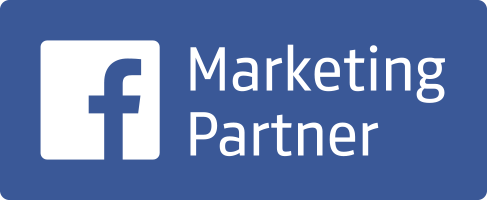
In today’s marketing landscape, mastering the art of lead scoring is paramount for businesses aiming to optimize their sales funnel efficiency. At Build Media Group, we specialize in elevating the potential of construction and home services businesses by leveraging cutting-edge marketing solutions.
In our experience with clients, many businesses want quality leads, not just a large quantity of them. However, they aren’t always sure how to track, score, and encourage these leads down the sales funnel.
This article will look at our top eight lead-scoring strategies to maximize your marketing and sales efforts and convert leads into returning customers.
8 Best practices for lead scoring
#1. Choose the right scoring model: Manual vs. automated
#2. Align your sales and marketing teams
#3. Design your customer profile (demographic information)
#4. Identify and work your sales funnel touchpoints
#5. Watch online activity and give points for repetitive behavior
#6. Remember negative lead scoring
#7. Prioritizing and nurturing leads
#8. Update and refine your scoring strategy as needed
Let’s review the basics: What is lead scoring?
Lead scoring is a methodology businesses use to rank prospects (leads) based on how likely they are to become paying customers. This strategy typically involves using a scale to score each lead based on criteria such as professional information, behavior on the company’s website, and engagement with marketing materials.
These scores help businesses target their efforts to hone in on leads with the highest conversion potential. This optimizes the sales process and ensures a more targeted approach to reaching potential clients.
Our top 8 lead-scoring best practices
Here is our list of best practices you can use to maximize your sales:
#1. Choose the right scoring model: Manual vs. automated
There are two options for scoring – manual and automated (predictive) lead scoring – and it’s crucial to understand the distinction between them.
Manual lead scoring involves a more traditional, hands-on approach where sales and marketing teams assign and track scores based on their set criteria. This method demands meticulous attention to ensure accuracy but can be labor-intensive.
On the other hand, automated or predictive lead scoring encompasses advanced marketing automation tools powered by machine learning. With remarkable accuracy, these systems analyze past data to predict future behavior, identifying which leads are more likely to convert and which may not.
By leveraging predictive lead scoring, businesses can streamline their marketing efforts, ensuring a more efficient allocation of resources toward engaging with the most promising prospects.
#2. Align your sales and marketing teams
Sales representatives are in direct contact with leads and have firsthand insights into customer preferences and challenges, while marketing teams generate leads across various channels. For companies to thrive, these teams must connect and establish shared goals, ensuring strategies are relevant and cohesive.
Tips to foster this collaboration include regular communication meetings, shared performance metrics, and integrated software tools. This synergy ensures both teams work towards a unified objective, enhancing the lead scoring process and overall business performance.
#3. Design your customer profile (demographic information)
Know who you’re reaching. Create a detailed potential customer profile or buyer persona to help shape your lead scoring strategy. Understanding lead personas helps you craft tailored marketing messages that can speak directly to their needs and preferences at particular touchpoints.
By analyzing demographic information, buying habits, and personal interests, businesses can create targeted content that effectively convinces leads to convert into loyal customers.
#4. Identify and work your sales funnel touchpoints
Understanding and outlining the customer’s journey through your sales funnel is vital for effective lead scoring.
It starts with identifying various touch points where potential customers interact with your brand. These can range from discovering your product or service through a Google search, clicking on a targeted ad, engaging with your content on social media, or directly reaching out via email or phone.
Understand how your potential customers find you and develop strategies around each touch point to convert interest into leads. This could include incentives like offering valuable resources in exchange for email addresses or interactive tools/features requiring sign-up.
Just make sure the incentive matches the stage in the buying process. For example, an informative webinar or ebook for early-stage leads vs. a free trial for those closer to the purchasing stage.
#5. Watch online activity and give points for repetitive behavior
By closely monitoring user interactions with your company’s online presence, businesses can gain invaluable insights into individual lead interests and engagement levels.
Activities such as repeated visits to your pricing page or substantial time spent on your website following an email campaign are strong indicators of interest that should be quantified in your lead scoring model.
Measuring the frequency and depth of this engagement allows for a nuanced understanding of where a potential customer stands in the buying process. Tailoring your content to resonate with these behaviors further fosters connection and trust, making your company more relevant and appealing to the user.
This strategic approach not only refines the scoring process but also optimizes the overall marketing and sales efforts, leading to increased conversion rates.
#6. Remember negative lead scoring
Most people focus on the positive actions of leads, increasing the scoring for good things. However, many don’t pay much attention to negative scoring. This isn’t about being a downer – it’s about making sure your lead scoring system is accurate.
Activities like visiting the careers page, unsubscribing from an email list, canceling appointments, and a competitor snooping on your site should all score negative points.
Without negative points, your results will be skewed. Similar to your positive points, different activities should have different values, as each activity isn’t weighted the same.
#7. Prioritizing and nurturing leads
Use your scoring system to help you prioritize and nurture the leads that show the most promise — the ones who engage more deeply with your content and brand.
Implement a series of targeted follow-ups, personalized messages, and valuable content offerings tailored to their stage in the buying process. By focusing on quality leads, you streamline your efforts towards those most likely to convert, enhancing efficiency and optimizing resource allocation.
#8. Update and refine your scoring strategy as needed
Keep an eye on and update your lead scoring methodology regularly. This ensures your strategy remains valuable to you by adapting to influxes in customer behavior and correcting any previous errors. Use historical data to analyze patterns over time and refine your approach.
Get better leads with Build Media Group
Leveraging the strategies outlined above can enhance your business’ lead scoring strategy and boost your conversions.
However, understanding and implementing these strategies can be complex. This is where the experts at Build Media Group excel. Our team is equipped with the knowledge and tools to refine your lead management strategy, and optimize your efforts for maximum effectiveness and efficiency.
Learn how we can transform your lead scoring approach and expedite your business growth by visiting our Contact Us page for more information. Don’t miss this opportunity to drive your sales conversion.



